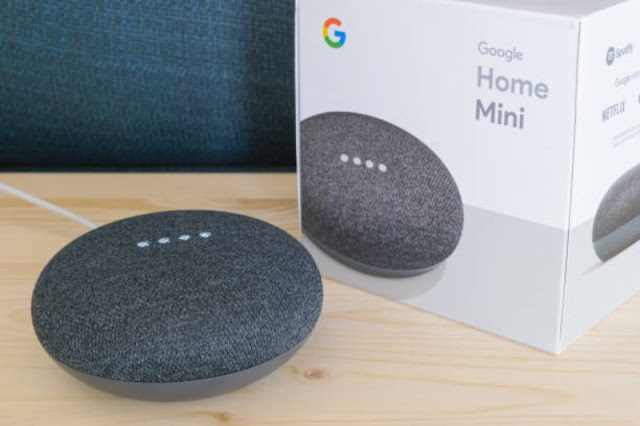Featured
- Get link
- X
- Other Apps
Technology is used in google assistant

What technology is used in google assistant
Google Assistant, developed by Google, is an intelligent
virtual assistant that uses a combination of various technologies to provide
voice-based assistance and perform tasks for users. It leverages artificial
intelligence, natural language processing, machine learning, and other
technologies to understand and respond to user queries and commands. This
article will explore the key technologies used in Google Assistant.
Artificial Intelligence (AI) and Machine Learning (ML):
Artificial intelligence and machine learning form the foundation of Google Assistant's capabilities. AI allows the assistant to simulate human intelligence, while ML enables it to learn from data and improve its performance over time. ML algorithms analyze large datasets to recognize patterns, understand language, and make predictions. Google Assistant utilizes ML models for speech recognition, natural language understanding, and personalized user experiences.
Natural Language Processing (NLP):
NLP enables Google Assistant to understand and process
natural language queries and commands. It involves analyzing and interpreting
human language, including speech recognition, language understanding, and
language generation. NLP algorithms extract meaning from user inputs, identify
entities, perform sentiment analysis, and generate appropriate responses.
Google Assistant utilizes advanced NLP techniques to understand user intent and
provide relevant and accurate information.
Speech Recognition:
Speech recognition technology is crucial for Google
Assistant to understand spoken commands and queries. It involves converting
spoken language into written text. Google Assistant leverages advanced speech
recognition algorithms that use acoustic and language models to transcribe
spoken words into text accurately. These algorithms are qualified on vast
amounts of speech data to improve accuracy and handle variations in accents,
languages, and speech patterns.
Dialog Management:
Dialog management maintains a conversational flow and
context during user interactions. Google Assistant uses dialog management
techniques to handle multi-turn conversations, understand user context, and
provide appropriate responses. It keeps track of previous interactions, user
preferences, and contextual information to ensure a seamless and personalized
conversation.
Knowledge Graph:
Google's Knowledge Graph is a vast database that stores
structured information about entities, relationships, and facts from various
sources on the web. Google Assistant utilizes the Knowledge Graph to enhance
its understanding of the world and provide accurate and contextually relevant
answers to user queries. The Knowledge Graph lets Google Assistant provide
information about people, places, events, and more.
Cloud Computing and Distributed Systems:
Google Assistant relies on robust cloud computing
infrastructure and distributed systems to handle its computational and storage
requirements. The assistant processes user requests and performs complex tasks
on the cloud, leveraging significant computing resources and delivering fast
responses. Cloud technologies enable scalability, reliability, and real-time
updates for Google Assistant.
Text-to-Speech (TTS) and Speech-to-Text (STT) Conversion:
Text-to-speech conversion is used by Google Assistant to
transform written responses into natural-sounding speech that users can hear.
Conversely, speech-to-text modification transcribes user speech into text for
analysis and processing. These technologies enable the assistant to communicate
with users through voice, making interactions more natural and intuitive.
Application Programming Interfaces (APIs):
Google Assistant provides a set of APIs that developers can
utilize to integrate the assistant's capabilities into their applications and
devices. APIs like the Actions API and the Conversation API allow developers to
build conversational interfaces, customize user interactions, and extend Google
Assistant functionality. These APIs provide a framework for developers to
leverage the assistant's capabilities and create innovative voice-enabled
experiences.
In conclusion, Google Assistant combines various technologies, including AI, ML, NLP, speech recognition, dialog management, knowledge graph, cloud computing, and APIs, to deliver a powerful voice-based virtual assistant. Its ability to understand natural language, provide accurate information, and perform tasks stems from integrating these technologies, making it an invaluable tool for users' everyday tasks and inquiries.
- Get link
- X
- Other Apps
Popular Posts
Energy audits: Conducting strength audits can assist become aware of and rectify areas of inefficiency
- Get link
- X
- Other Apps

.jpg)